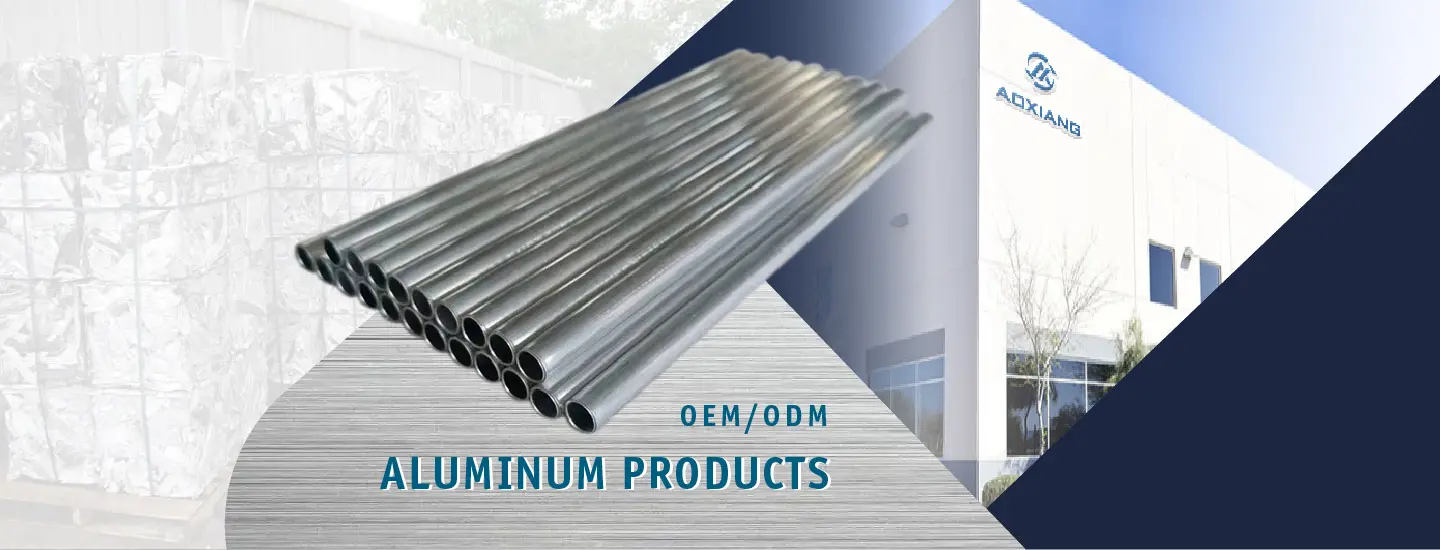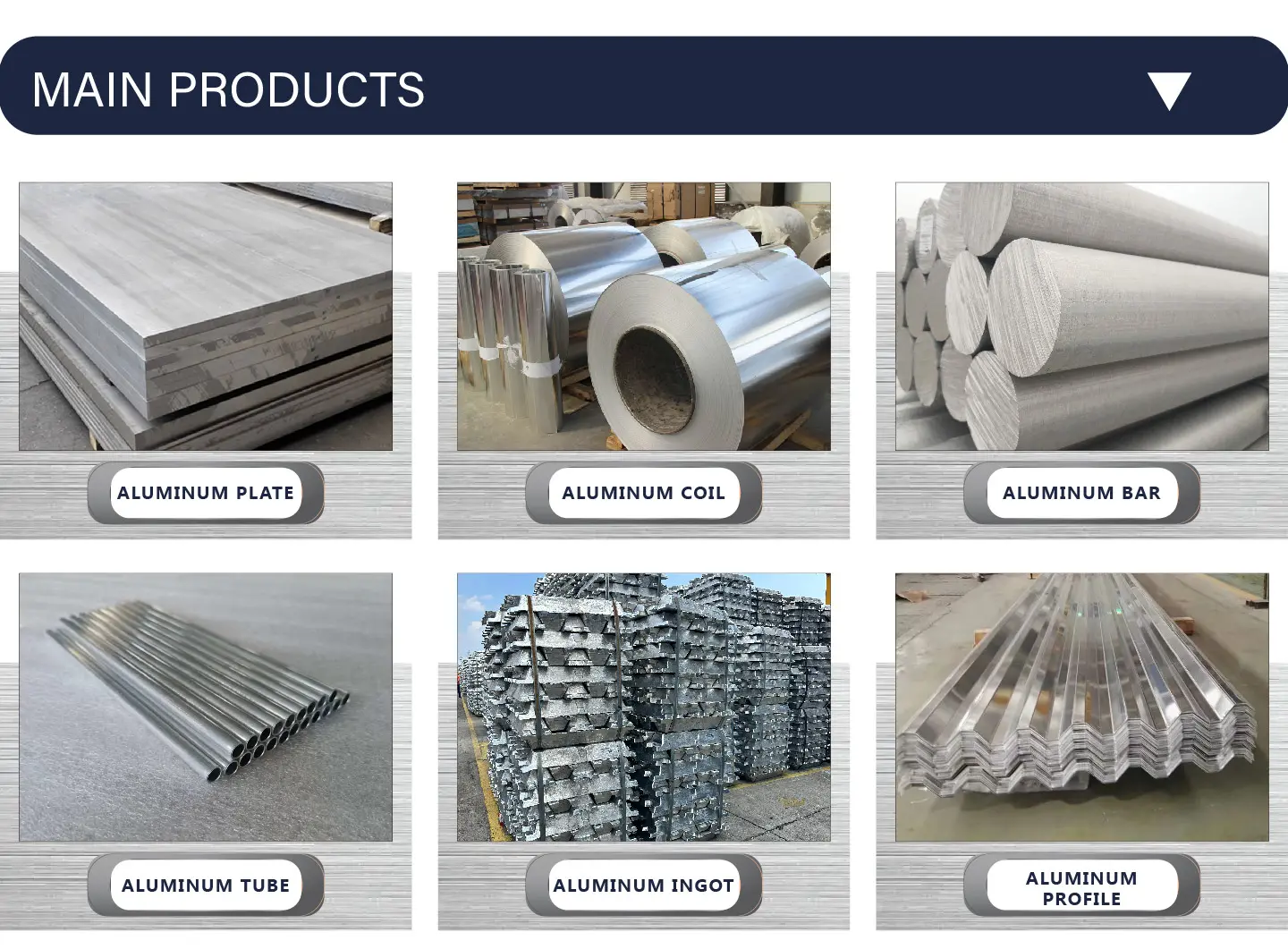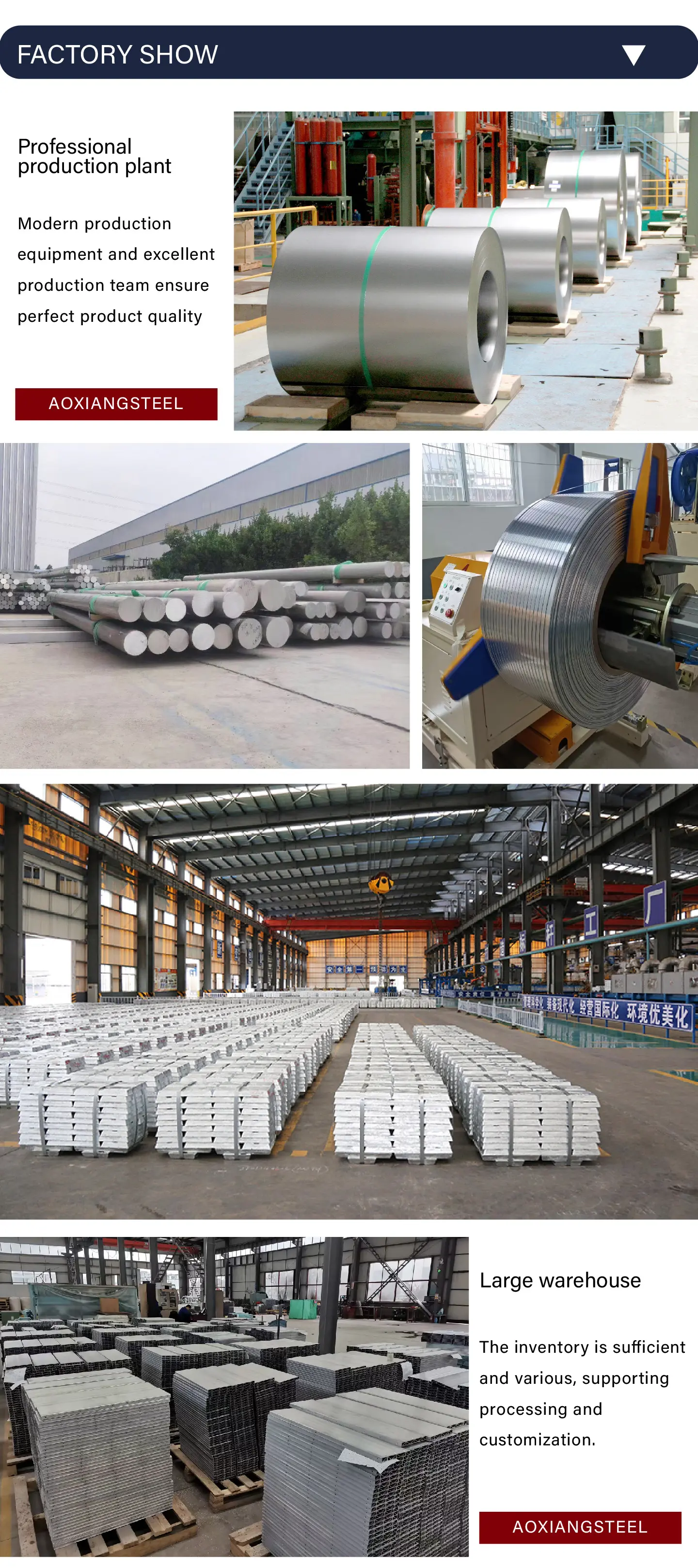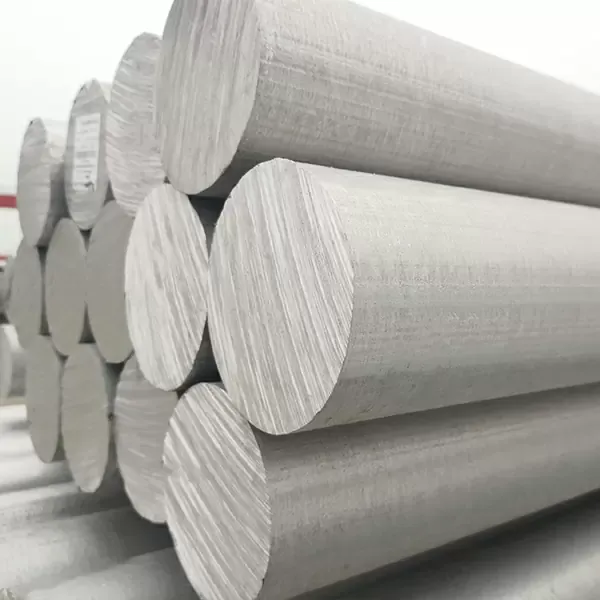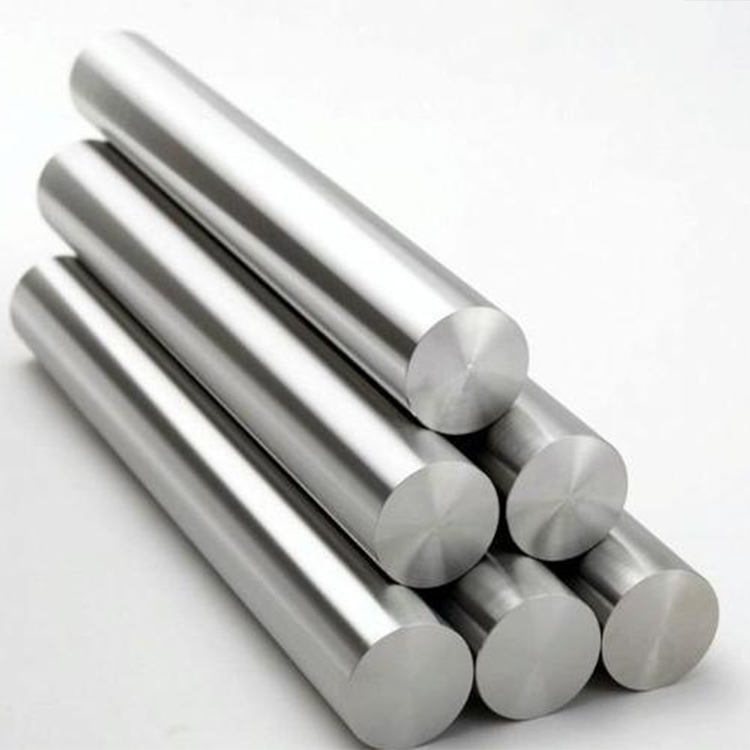
2014 Aluminum Alloy Bar
2014 aluminum alloy belongs to hard aluminum alloy and also belongs to forged aluminum alloy. Compared with 2A50. due to the higher copper content, it has higher strength and better thermal strength, but its plasticity in hot state is not as good as 2A50.
Request A Quote?
Product Details
2014 aluminum alloy belongs to hard aluminum alloy and also belongs to forged aluminum alloy. Compared with 2A50. due to the higher copper content, it has higher strength and better thermal strength, but its plasticity in hot state is not as good as 2A50. 2014 aluminum alloy It has good machinability, good contact welding, spot welding and seam welding performance, and poor arc welding and gas welding performance; it can be strengthened by heat treatment and has an extrusion effect. 2014 aluminum alloy is mainly used in occasions requiring high strength and hardness (including high temperature). Aircraft heavy-duty, forgings, thick plates and extruded materials, wheels and structural elements, multi-stage rocket first-stage fuel tanks and spacecraft parts, truck frames and suspension system parts.
2014 aluminium alloy (aluminum) is an aluminium-based alloy often used in the aerospace industry.It is easily machined in certain tempers, and among the strongest available aluminium alloys, as well as having high hardness. However, it is difficult to weld, as it is subject to cracking.
2014 is the second most popular of the 2000-series aluminium alloys, after 2024 aluminium alloy. It is commonly extruded and forged. The corrosion resistance of this alloy is particularly poor. To combat this, it is often clad with pure aluminium. If unclad 2014 aluminium is to be exposed to the elements, it should be painted as a corrosion protection measure.
Aluminum Alloy 2014 can be machined best in the annealed condition. Any welding should be conducted using inert gas consumable electrode arc methods with alloy 2014 or alloy 2017 filler rods. When welding, it is important to arrange fixturing for minimum strain to avoid cracking.
Chemical Composition:
| Cu | Mn | Mg | Fe | Si | Zn | Cr | Ti |
| 3.9-5.0% | 0.40-1.20% | 0.20-0.80% | 0.50% | 0.50-0.90% | 0.25% | 0.10% | 0.15% |
Mechanical Properties:
| Properties | Metric | Imperial |
| Hardness, Brinell | 105 | 105 |
| Hardness, Knoop | 132 | 132 |
| Hardness, Rockwell A | 42.8 | 42.8 |
| Hardness, Rockwell B | 67 | 67 |
| Hardness, Vickers | 118 | 118 |
| Tensile Strength, Ultimate | 427 MPa | 62000 psi |
| Tensile Strength, Yield | 290 MPa | 42000 psi |
| Elongation at Break | 20% | 20% |
| Modulus of Elasticity | 72.4 GPa | 10500 ksi |
| Poisson’s Ratio | 0.33 | 0.33 |
| Fatigue Strength | 262 MPa | 38000 psi |
| Shear Modulus | 28 GPa | 4060 ksi |
